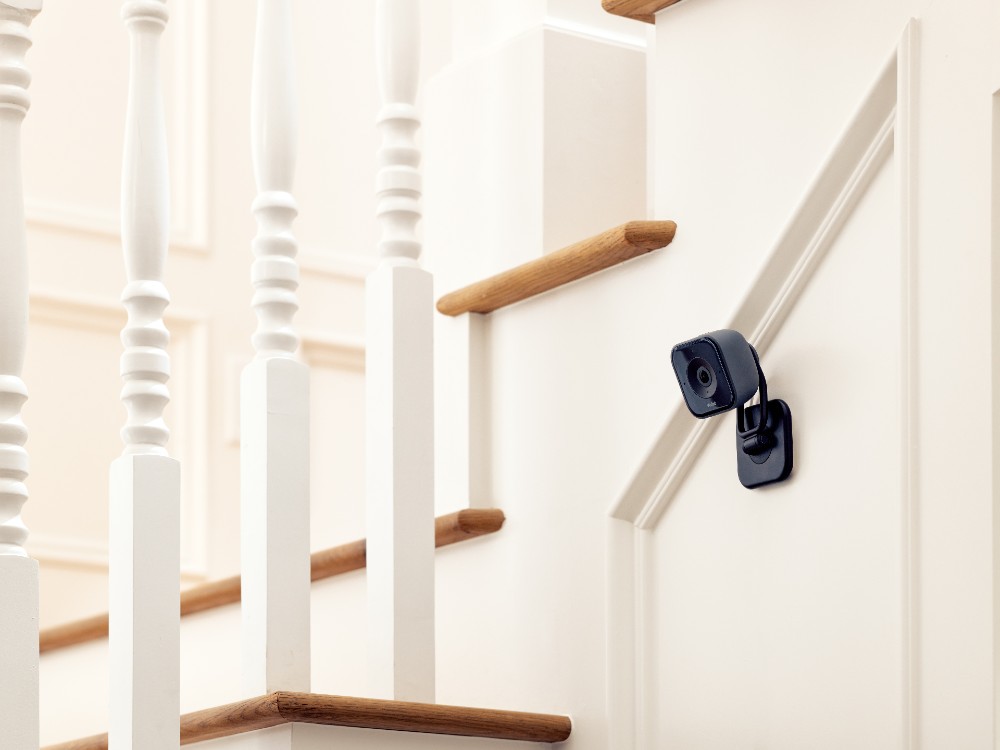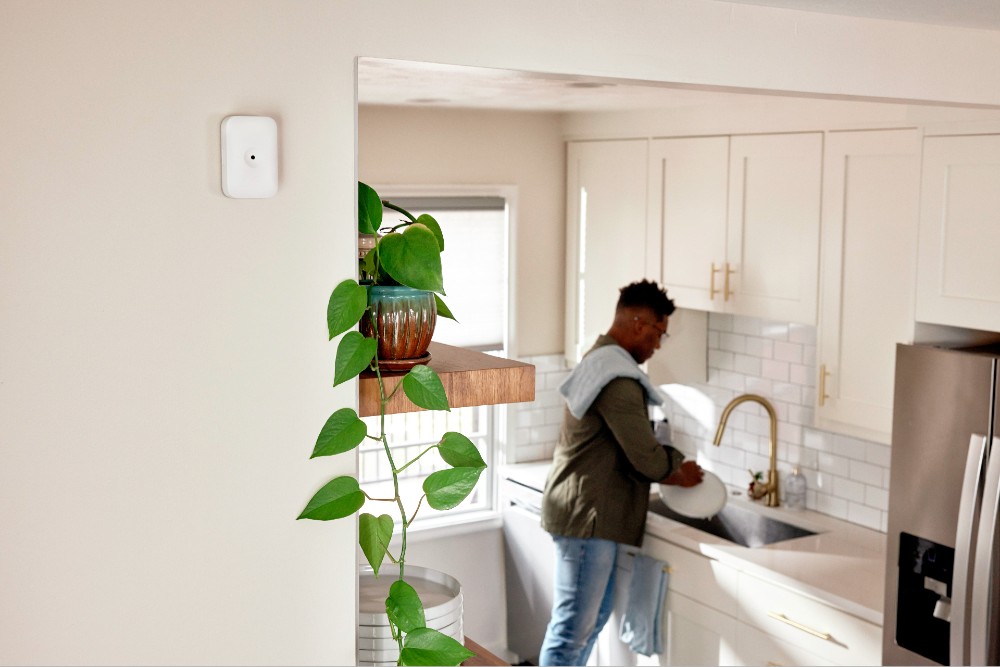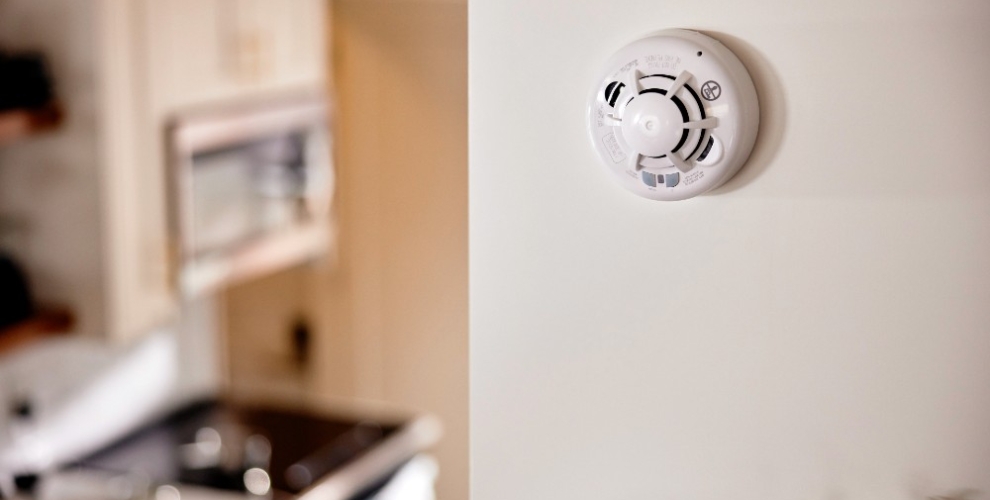While burglary is one of the most common crimes in the United States, a recent study shows that nearly 47% of homeowners don’t have a home security system.
Installing a home security system is essential for protecting yourself and your property against intruders and deterring these criminals in the first place.
If you’re in the market for a reliable security system, the first step is finding out how it works.
This guide will explain the key components of a security system to know before making a purchase.

What is a home security system?
A home security system is simply a group of electronic and physical devices that work together to protect a home. A few of the most common home security systems are:
- DIY home security systems. Homeowners usually assemble these systems, which monitor their home’s surroundings through a mobile app or computer.
- Professional home security systems. This category can mean two things: a home security system that’s professionally installed or a system designed by a security company or specific providers like Vivint or ADT.
- Wired security systems. Cord security systems connect to a home’s electrical system.
- Wireless security systems. Wireless security systems rely on batteries, Wi-Fi, and cellular backup to provide an app-based professional monitoring system.
- Smart security systems. Like wireless security systems, these products connect to the internet to offer real-time home footage and provide alerts and notifications to the homeowner.
- Local alarm systems. Unlike smart systems, local alarm systems don’t connect to the internet. You won’t receive any alerts or notifications in the event of a home break-in if you’re too far from home.
Regardless of your home security system, the pros of making a professional installation outweigh the cons.
With a home security system, you can take advantage of the following:
- A fast police response to a home break-in, burglary, or suspicious activity
- An invisible layer of protection that will deter would-be intruders through surveillance cameras, yard signs, and window stickers
- Convenient security alerts and notifications
- Possible discounts on your homeowners' insurance premiums
- Live streaming capabilities to check in on your kids and pets




